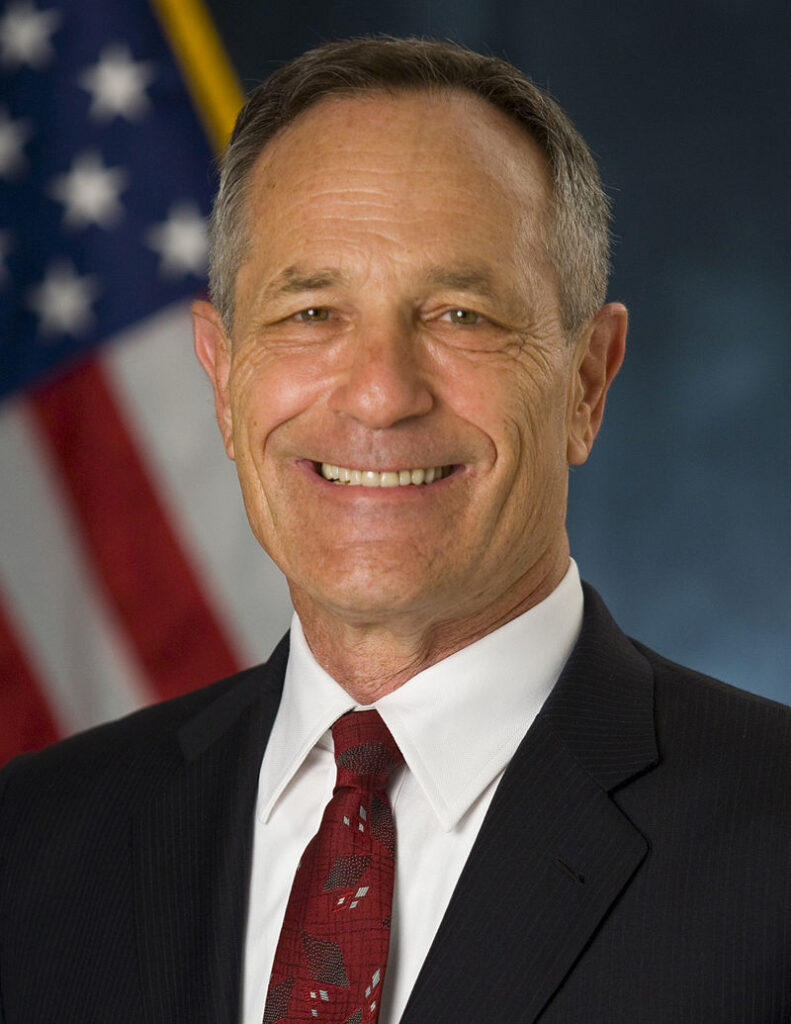Issue
The pandemic exposed and exacerbated bottlenecks, while also spurring innovation and suggesting opportunities for improvement. In addition, technologies (especially in terms of data analytics and scanning) are evolving and being applied. The team took stock of these developments, and reflected on how leading-edge international innovations suggest lessons for the United States.
Objectives
1) Take stock of new technologies and innovations, both domestic and international, and consider how they could reshape border management. 2) Develop a vision of the air, land and maritime ports of the future, including how technologies, information, targeting, infrastructure and staffing could reconfigure operations. 3) Identify ways to improve U.S. land, air, and seaports in ways that enhance security while facilitating legitimate trade and travel.
Value Propositions
The final report serves as a reference document, while discussions among the research group, DHS, CBTS, and port operators served as testing grounds for ideas. Findings from the report are designed to provide DHS and other trade stakeholders with ideas they can use to develop a vision for a more effective use of data, to enhance border security. The project created a catalogue of global leading-edge practices to serve as a reference point while also creating a positive vision of the future port, to help focus priorities and identify barriers to change.
| Project Lead | Migration Policy Institute |
| Research Team | PI: Meghan Benton, Ph.D., Migration Policy Institute Co-PI: Andrew Selee, Ph.D., Migration Policy Institute Co-PI: Chappell Lawson, Ph.D., Massachusetts Institute of Technology Policy Lab Co-PI Alan Bersin, Esq., Independent Consultant |
| Budget | $487,186 |
| Duration | Jan. 2023 – July. 2024 |
Project Deliverables:
Globalization and North America 2.0

Speaking remarks by Borders of the Future project Co-PI Alan Bersin, Esq., former Commissioner of U.S. Customs and Border Protection, delivered at the May 2023 annual meeting of CBTS.
Ports of the Future

This Report (final report, link above) is based on more than two years of research into port of entry operations by five analysts with extensive backgrounds in customs and immigration issues. It offers a new vision for “ports of entry of the future” that responds to these novel challenges and opportunities. Temporally, the Report focuses on the next 10-15 years – a period long enough to be useful in providing strategic vision but short enough that the most important parameters governing border management can be expected to remain constant or change in a reasonably predictable way.
